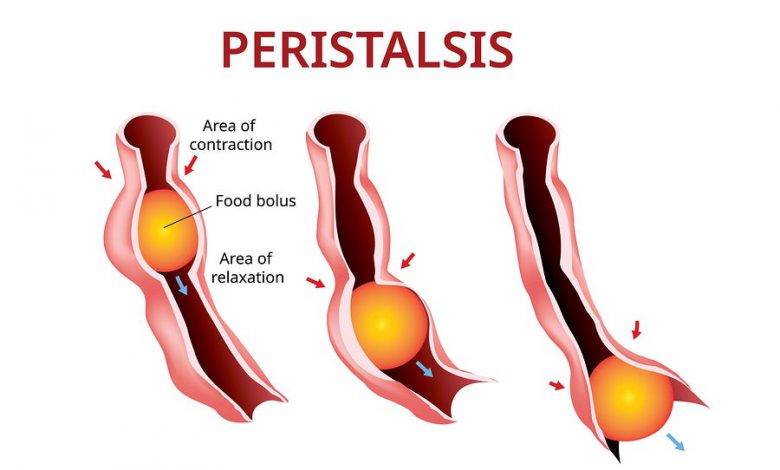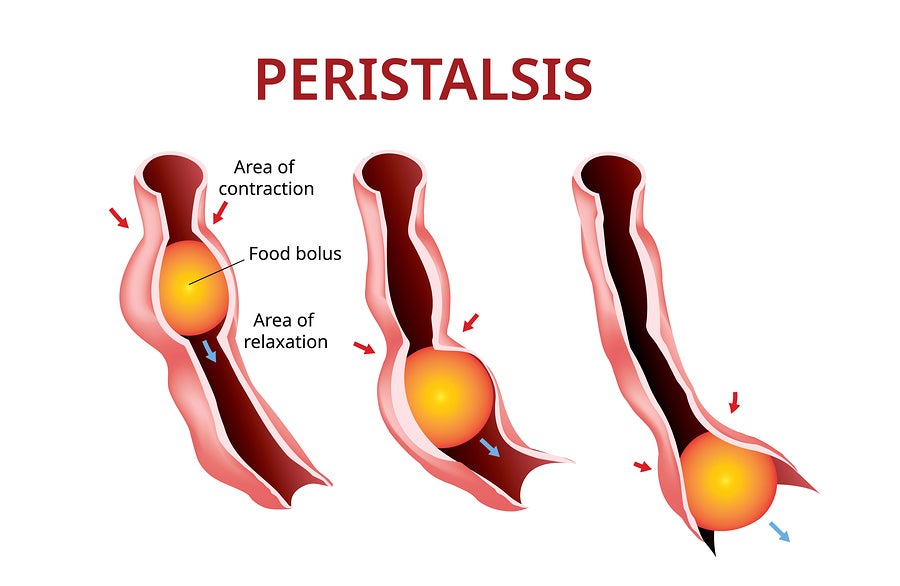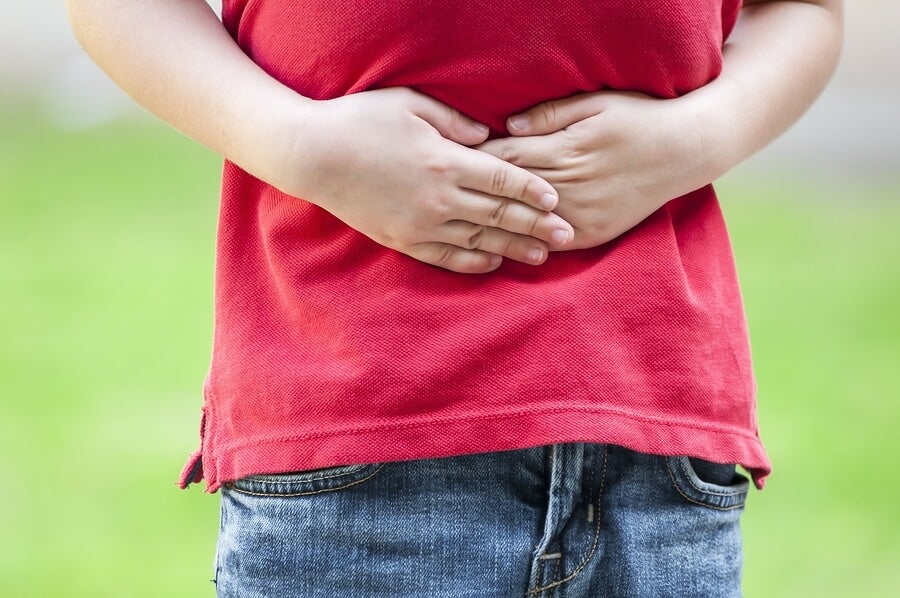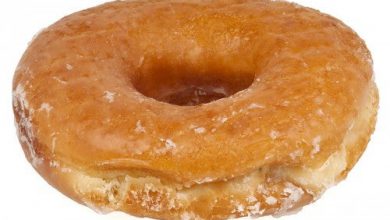What Is Peristalsis?

Muscle contractions that occur in the tubular organs of the human body are known as peristalsis , according to the United States National Library of Medicine. This includes the digestive system and also the urinary system, where tube-like structures carry substances.
Peristalsis contractions are organized and rhythmic. They have a frequency that is considered normal and are carried out through the smooth muscle present in the walls of the tubular organs.
Smooth muscle has the characteristic of being autonomous, that is, involuntary. We cannot give conscious orders to this muscle to contract, but it depends exclusively on cerebral orders on which we do not decide when or how.
When the brain receives information about the presence of a food in the digestive tract, it sends the order to the smooth muscle of the organs involved to carry out certain movements. These movements generate the movement of food from the mouth to the anus.
The same mechanism also applies to the urinary system. When the brain detects the presence of urine produced by the kidneys, it sends information for the ureters to transport it to the bladder through peristalsis.
We could say, then, that there are three main actions of peristaltic movements:
- Propel food into the digestive system
- Circulate bile in the liver system, which is part of the digestive system
- Move urine into the urinary system
The steps that peristalsis follows

Peristalsis happens rhythmically and in an organized manner. Once the food enters the mouth and is crushed, it enters the esophagus. There, the peristaltic movements are responsible for transferring the food bolus to the stomach. These same movements prevent the bolus from rolling back up.
When the stomach secreted the gastric acid and carried out the pertinent actions on the bolus, the next step is the small intestine. It will be the peristalsis that transfers the substances to the duodenum, jejunum and ileum. Here the bile acids of the gallbladder will be added.
In the small intestine, the absorption of nutrients depends on good peristalsis, since well-performed movements allow the movement of small substances towards the intestinal walls.
Finally, the digested food will be dehydrated in the large intestine. Here the coordinated movement plays a fundamental role in fecal expulsion to the outside. Both the rectum and the anus depend on these movements to complete the last step.
Causes of decreased peristalsis
It may happen that, due to various reasons that we will now explain, the peristaltic movements are slower than usual. This can lead to constipation in the digestive system. And constipation can lead to health problems.
Among the most frequent causes of decreased peristalsis we have:
- Extreme ages: both the elderly and young children are more likely to get constipation (according to this study carried out by the Hospital Universitari de Bellvitge (Spain), due to their age and the deficits that that age produces in smooth muscle.
- Diabetes: This disease affects neurological transmissions in many regions of the body, including the digestive system.
- Parkinson’s disease: those who suffer from this pathology also have a higher frequency of constipation, as suggested by this study by the Mexican College of Neuropsychopharmacology.
- Autoimmune diseases: Decreased peristaltic movements are recorded in patients with scleroderma, for example, or with polymyositis.
- Medications: some drugs have the adverse effect of constipation and decreased peristaltic activity (as suggested by this research from Monash University). It is important to know this possibility before consuming them and consult with the doctor who prescribes it, so as not to be scared if necessary.

Causes of increased peristalsis
Just as peristaltic movements can decrease, they can also increase more than necessary, causing the final effect of diarrhea. These are the most frequent causes:
- Bacterial infections: The germs that most commonly cause diarrhea are Escherichia coli, Salmonella, and Shigella. It can be a contamination from the ingestion of intoxicated food or water.
- Viral infections: in pediatric age there are increases in peristalsis due to common viruses. Medical control is essential in these cases to avoid dehydration.
- Medications: just as certain drugs have among their adverse effects constipation, others cause diarrhea.
- Chronic diseases: some highly prevalent pathologies in the general population have an associated symptom of increased peristaltic movements. Classically we can mention dysfunctions of the thyroid gland.
- Psychological origin: in stressful situations the intestine responds. It is logical to think about it now that we know that its movement depends on the nervous system that stimulates smooth muscle.
- Previous digestive surgery: those who have undergone gastric or intestinal surgery, for various reasons, may suffer changes in the peristaltic rhythm in the future, either by destruction of the intervening nerve fibers or by the shortening of the digestive tract.
In conclusion
Peristalsis is a normal and vital function of the body. Without it we could not live normally. It is responsible for transporting food through the digestive tract and urine in the urinary system.
However, that normal function can be impaired. For this reason, we must consult the medical professional if we notice that our stool rhythm changes. Doctors will be able to tell us if it is a momentary change or something that requires specific treatment.









